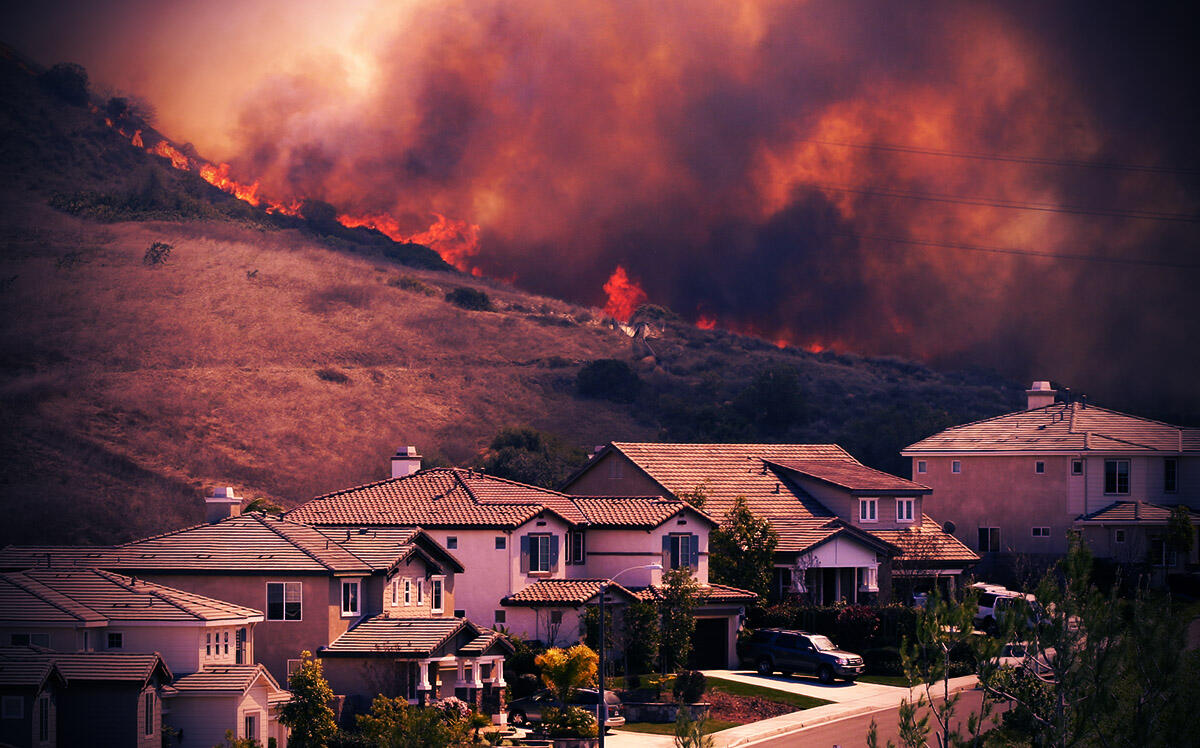Trending
Insurers dropping high-end homes over risk of wildfires
Two of California’s largest won’t touch some multimillion-dollar estates

Pricey homes in California will soon have fewer insurers willing to protect them in case of wildfires.
Insurance companies concerned about wildfire exposure have cut back on their homeowner business, with two of the biggest firms ending coverage for some multimillion-dollar estates, according to the Wall Street Journal.
American International Group plans to notify 9,000 customers of its Private Client Group that their home policies will not be renewed. Chubb, the largest high-end insurer in the state, is opting not to renew some policies.
Chubb Chief Executive Evan Greenberg said in an earnings call last fall that the shrinkage was “not a small amount” in areas “both highly exposed and even moderately exposed to wildfire.”
“Someone else will have the pleasure of writing” business for which “we cannot charge an adequate price for the risk,” he said.
AIG said some customers may be eligible for coverage through a less regulated unit of the firm – though their policies could cost three to five times more, brokers say, with less generous coverage.
“AIG is the first high-net-worth carrier to say, ‘We’ve had it, we’re divorcing ourselves from California’s regulated market,’ ” said Jim Tolliver, an insurance broker in San Francisco with Woodruff Sawyer & Co.
Others may soon follow suit, he said. The nonrenewals by AIG and Chubb follow years of policy cutbacks by mass-market insurers. Climate change may be a factor.
Five of California’s 10 largest wildfires on record happened in 2020, and the state set a new record for acres burned, according to NASA’s Jet Propulsion Laboratory in Pasadena. More than 9,600 wildfires burned nearly 4.2 million acres through mid-December, causing more than 30 deaths and damaging or destroying nearly 10,500 structures.
Such conflagrations have damaged the luxury real estate market across Los Angeles, dramatically increasing the cost of home insurance and thinning out the buyer pool, real estate agents say.
Some insurers say they are frustrated by California regulations that require them to set home-insurance rates based on their historical loss experience, not projections of future losses.determined by models for catastrophes such as wildfires.
State regulators say insurers can get adequate rate increases under the current system, and have voiced concern about modeling accuracy and fairness to minorities.
The state insurance department in 2020 approved an average 17.5-percent rate increase for AIG home policies. AIG now seeks a 42 percent increase.
Finding coverage to replace non-renewed policies can be tough, especially for the largest and most expensive homes.
“I am sure there is enough blame to go around: the insurance department, the insurance companies, the policyholders,” Jeffrey Green, a managing director at a financial-services firm who lives in Napa County and is subject to AIG’s non-renewals this year, told the Journal.
But “you’re going to devastate people if they are uninsured and their homes burn down.”
Even if they burn down, the insurance coverage may not be enough to replace them. After wildfires tore through the suburbs of Denver and Boulder this month, many homeowners found their coverage fell short of replacing homes damaged or destroyed.
[WSJ] – Dana Bartholomew




